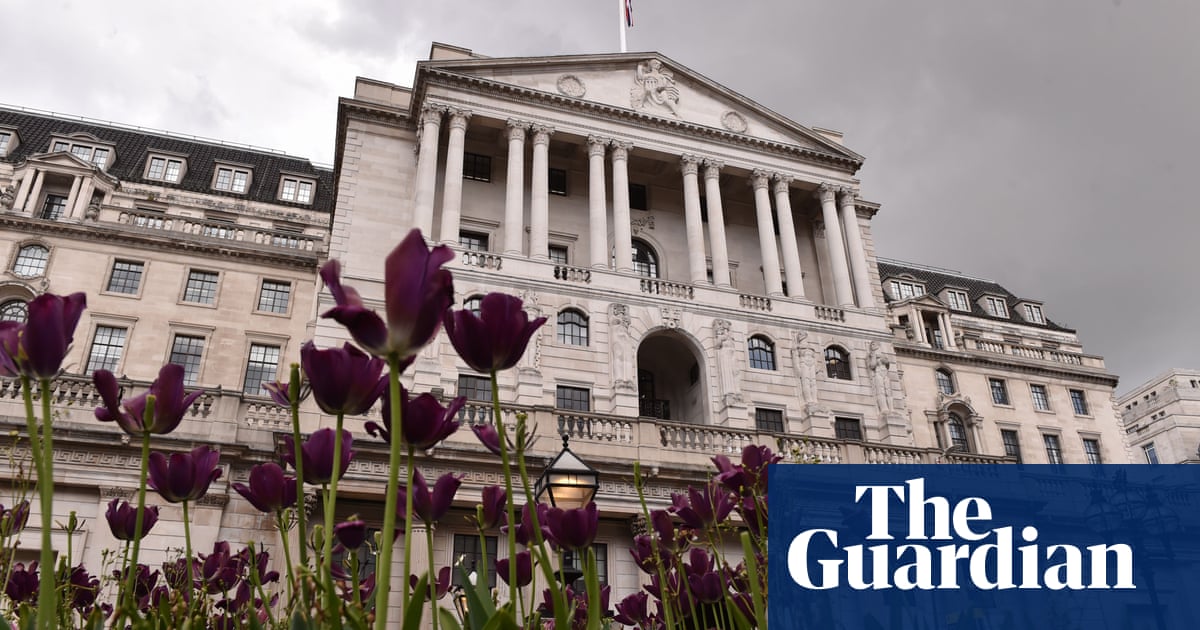For the first time this year, inflation is on the rise. After falling fairly steadily from above 11% almost two years ago, a bump in the road back to more normal levels was always very likely.
Rishi Sunak will have known this day would come. Back when he called July’s general election on that rain-soaked May afternoon, the Bank of England was already warning that inflation would rise in the second half of the year. Having staked his premiership on getting inflation down, it was one of the few compelling reasons not to delay.
The reason for the increase is down to energy prices. Although prices for gas and electricity are falling, they had been dropping by significantly more a year ago. Inflation measures price changes over 12 months, meaning those bigger declines in energy costs are dropping out of the equation.
However, the increase from 2% in June to 2.2% in July was smaller than the 2.4% reading anticipated by Threadneedle Street when it published its latest forecasts less than two weeks ago. What’s more, there is evidence that domestic inflationary pressures are cooling at a faster pace than expected.
The latest figures revealed a much sharper-than-forecast decline in service sector inflation, down from 5.7% in June to 5.2% in July, when prices for restaurants and hotels plunged on the month. Core inflation – which excludes volatile items including energy, food, alcohol and tobacco – also fell.
Both figures are closely watched by the Bank. Softer falls in previous months gave policymakers enough comfort earlier this month to cut interest rates for the first time since the coronavirus pandemic. Further signs of cooling could therefore open the door to another reduction in borrowing costs, with investors betting on a cut from 5% to 4.75% from as early as September.
Andrew Bailey, the Bank’s governor, may, however, want to wait for more data, such as the gross domestic product and retail sales figures to be released later this week. Jobs market figures on Tuesday – which showed falling unemployment and robust wage growth – will have given the Bank a headache, as they suggest there may still be lingering domestic pressures. Threadneedle Street also forecasts headline inflation will reach 2.75% by the end of the year before falling to 1.7% within two years’ time.
Despite easing inflationary pressures, households are still also feeling the pinch. Falling inflation does not mean prices are coming down, only that they are rising at a slower pace.
Food price inflation did not fall in July for the first time since March 2023, while overall grocery prices are up by more than a quarter since the onset of the cost of living crisis. Although they are coming down, gas and electricity prices are still 68% and 45% higher respectively than in March 2021.
after newsletter promotion
Higher borrowing costs are also still bearing down on households. But while there may have been a bump in the path back to more normal levels of inflation, the Bank could still find reasons from Wednesday’s figures to cut interest rates again.

